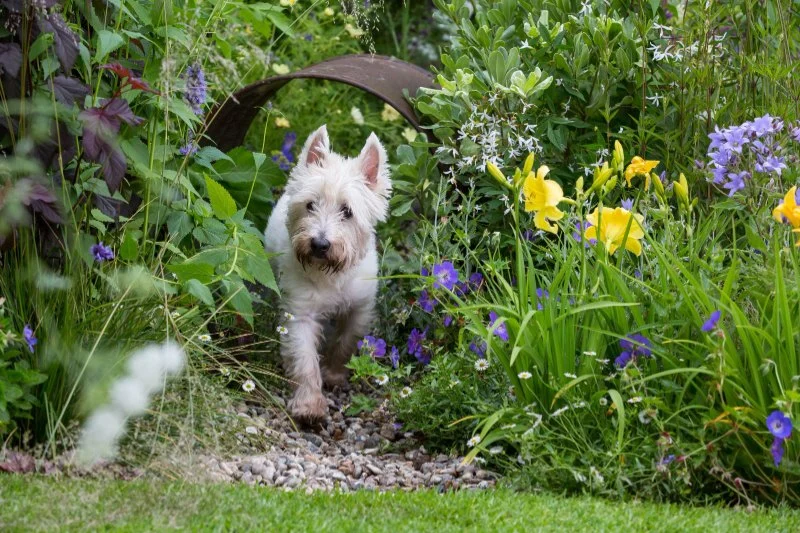
How to Start a Pet Garden with Safe Plants
- 1. Why Start a Pet-Friendly Garden?
- 2. Choosing Safe Plants for Your Pet Garden
- 3. Designing a Pet-Friendly Garden
- 4. Maintaining Your Pet Garden
- 5. Recommended Products from Pet & Puppy
1. Why Start a Pet-Friendly Garden?
A pet-friendly garden is a wonderful way to enhance both your outdoor space and your pet’s experience. For pet owners, it’s crucial to create an environment where pets can roam safely without the risk of toxic plants or hazardous elements. A garden designed with your pet in mind not only provides them with a comfortable and safe place to explore but also allows you to enjoy a space that promotes relaxation and connection with nature.
Starting a pet garden allows you to tailor your landscaping to your pet's needs, providing them with a secure space to enjoy the outdoors while ensuring the plants and flowers are safe. If you're a pet owner who loves gardening, it’s important to know which plants are safe for pets and which ones to avoid, so you can create a space that is both beautiful and pet-friendly.
2. Choosing Safe Plants for Your Pet Garden
1. Researching Pet-Safe Plants
Before you begin planting, it’s essential to choose plants that are safe for your pets. Some plants, such as lilies, azaleas, and sago palms, are toxic to dogs and cats, and even small amounts can cause serious health problems. When selecting plants for your pet-friendly garden, do some research to ensure the plants you choose are non-toxic to your pets.
Several online resources, including pet safety websites and garden centers, provide lists of pet-friendly plants. Additionally, many pet-friendly nurseries will only stock plants that are safe for animals, making your search easier. Here are some examples of pet-safe plants you can add to your garden:
- Spider Plants (Chlorophytum comosum)
- Boston Ferns (Nephrolepis exaltata)
- Marigolds (Tagetes)
- Snapdragons (Antirrhinum majus)
- Lavender (Lavandula)
2. Avoiding Toxic Plants
While it's exciting to plan your pet-friendly garden, it's equally important to know which plants to avoid. Some commonly known toxic plants include:
- Oleander
- Tulips
- Rhododendron
- Foxglove
- Autumn Crocus
These plants can be dangerous to pets if they chew on the leaves or flowers. Make sure to keep these plants out of reach, or consider replacing them with pet-safe alternatives. Always consult a vet or online pet safety guides if you're unsure about a plant’s safety.
3. Designing a Pet-Friendly Garden
1. Create Pet Zones
Design your garden to include specific pet zones that are both enjoyable and safe for your pet. These zones can include areas with soft grass for lounging, shaded spots for resting, and areas with pet-safe plants for them to explore. You can also incorporate raised garden beds or fences to protect delicate plants from being trampled or chewed by curious pets.
Additionally, consider adding features like a pet-friendly water fountain or a sandbox for digging. Pet-safe plants should be placed in areas where your pet has easy access, but avoid placing them in spots where they could get hurt or dig up your plants.
2. Avoid Sharp Objects and Toxic Substances
When designing your pet-friendly garden, keep sharp objects like garden tools, rocks, or thorny bushes out of reach. Make sure that paths are clear and smooth to avoid tripping hazards. You can also use organic, pet-safe mulch and avoid pesticides, which can be harmful to pets. Always ensure that garden chemicals, such as fertilizers or herbicides, are stored securely and are not used in areas where your pets will play.
3. Provide Shade and Shelter
Pets can become overheated quickly, so it’s important to create shaded areas where they can rest comfortably. Trees, pergolas, or even pet shelters can offer protection from the sun. Be sure to leave some space for your pet to roam freely while providing a cool spot for them to retreat to on hot days.
4. Maintaining Your Pet Garden
1. Regularly Check for Toxic Plants and Hazards
Once your pet garden is established, it’s important to regularly inspect the plants and surrounding area for any changes or potential hazards. Over time, some plants may become more aggressive or spread, posing a risk to your pet. Make sure your plants stay healthy and that any potential dangers are removed promptly.
Also, keep an eye out for signs of plant toxicity in your pets, such as vomiting or lethargy. If you notice any symptoms, contact your veterinarian immediately.
2. Maintain the Garden for Safety
Regular garden maintenance is essential for keeping the area safe and attractive. Trim overgrown plants, remove weeds, and check that all structures, like fences or gates, are secure. Keeping your garden well-maintained ensures that your pets can continue to enjoy it without any risk of injury or discomfort.
5. Recommended Products from Pet & Puppy
If you’re looking to create a beautiful and safe pet-friendly garden, Pet & Puppy has a range of products to help you get started. From pet-safe plants to garden tools designed with pets in mind, we offer everything you need to build a space your pets will love. Additionally, explore our collection of pet-friendly fertilizers, soil, and outdoor pet accessories to make your garden even more enjoyable for your furry friends.
Visit us today to find everything you need to create a safe, pet-friendly garden that both you and your pets will enjoy!

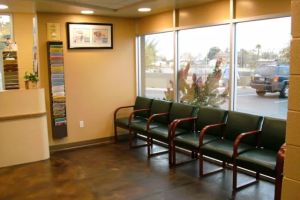
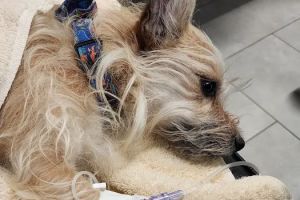
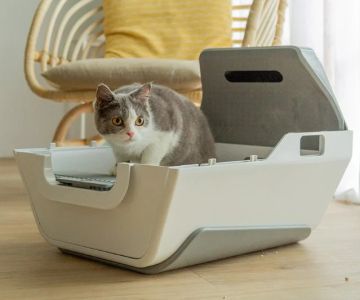
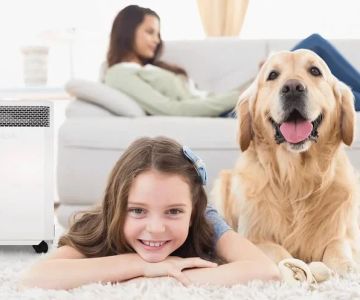




 Derby City Aquatics4.0 (65 reviews)
Derby City Aquatics4.0 (65 reviews)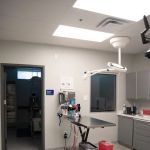 Dayton Humane Spay & Neuter Clinic4.0 (60 reviews)
Dayton Humane Spay & Neuter Clinic4.0 (60 reviews)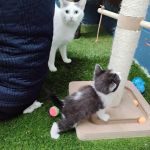 Audubon Animal Medical Center4.0 (286 reviews)
Audubon Animal Medical Center4.0 (286 reviews)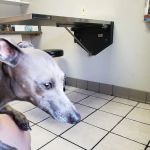 Decatur Veterinary Clinic4.0 (283 reviews)
Decatur Veterinary Clinic4.0 (283 reviews)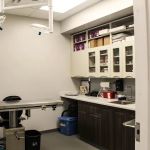 Johnson Animal Clinic4.0 (792 reviews)
Johnson Animal Clinic4.0 (792 reviews) VIP Petcare Vaccination Clinic0.0 (0 reviews)
VIP Petcare Vaccination Clinic0.0 (0 reviews) Dangerous Foods for Pets: What to Avoid Feeding and How to Keep Your Pet Safe
Dangerous Foods for Pets: What to Avoid Feeding and How to Keep Your Pet Safe Safe Plants & Landscaping for Homes with Pets: Creating a Pet-Friendly Yard
Safe Plants & Landscaping for Homes with Pets: Creating a Pet-Friendly Yard How to Celebrate Pet Holidays: Fun Ideas & Safety Tips
How to Celebrate Pet Holidays: Fun Ideas & Safety Tips When Is It Time for Pet Physical Therapy or Rehab?
When Is It Time for Pet Physical Therapy or Rehab? Natural Remedies vs Vet Treatments: Making the Right Choice for Your Pet
Natural Remedies vs Vet Treatments: Making the Right Choice for Your Pet How to Choose the Right Pet Supplement Brand: Essential Tips for Pet Owners
How to Choose the Right Pet Supplement Brand: Essential Tips for Pet Owners